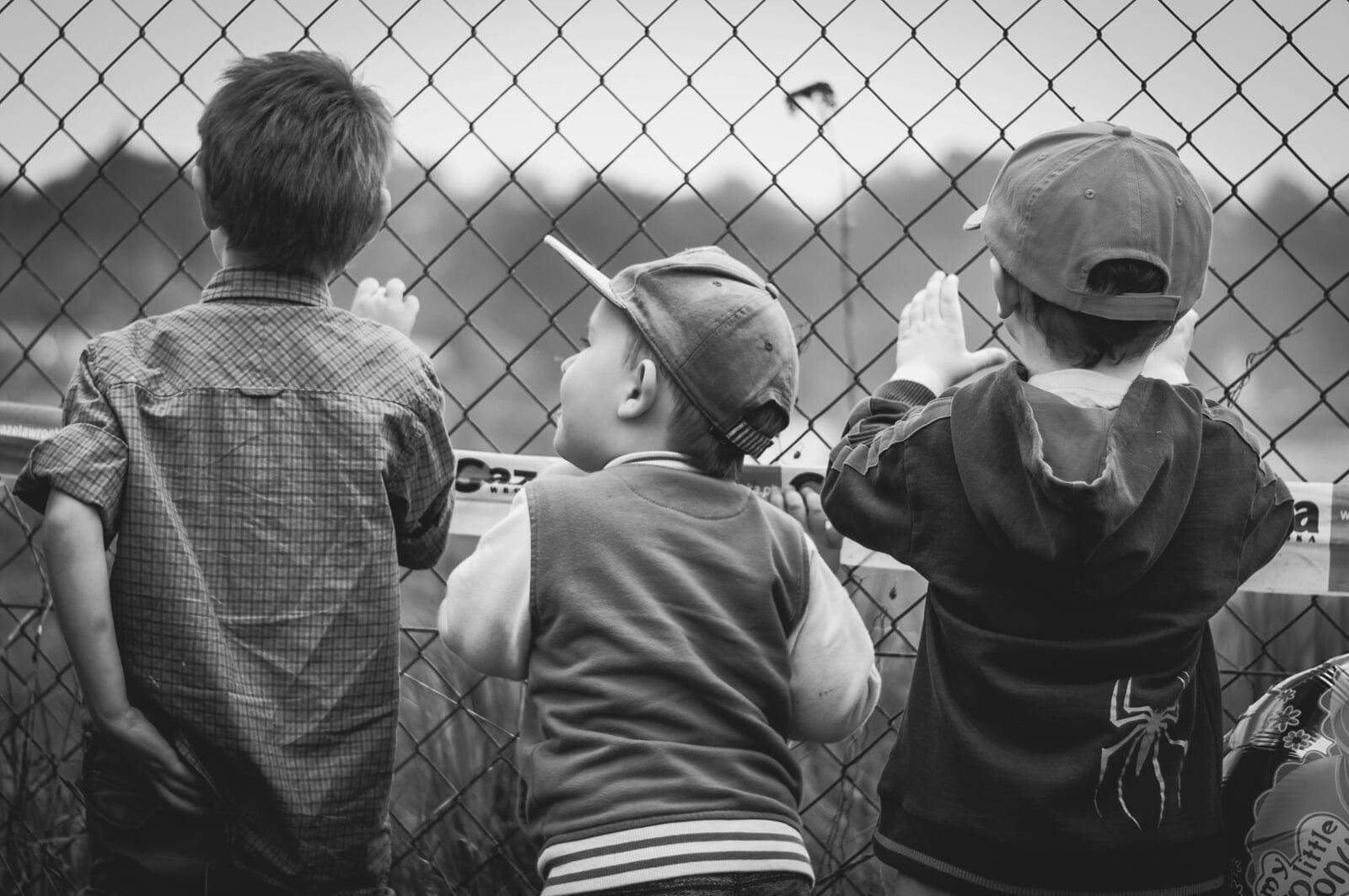
Introduction:
Raising a child who is patient and empathetic is one of the greatest gifts a parent can offer. These traits shape a child’s ability to form strong relationships, navigate challenges with grace, and contribute positively to their community. But how do we, as parents, cultivate these qualities in our children? Here are nine powerful ways to raise patient and empathetic children.
Empathy has been defined as the ability to understand the feelings of others and, at least to some degree, feel what they feel and respond in helpful ways (Y Magazine). While some children naturally display patience and empathy, others need more guidance and practice. The good news is that these skills can be nurtured over time. With intentional efforts and daily practice, you can help your child develop a strong foundation of kindness, patience, and empathy. Here are nine powerful ways to do just that.
1. Model the Behavior You Want to See
Children learn best by observing the adults around them. If you want your child to develop patience, demonstrate patience in your everyday life. When you're stuck in traffic or waiting in a long line at the store, avoid complaining. Instead, express calmness and use it as a teaching moment: “Waiting can be hard, but it gives us time to talk and think.”
Similarly, show kindness and empathy in your interactions. If you see someone struggling, offer assistance. Talk about your actions with your child: “I helped that person because I could see they needed it, and it feels good to be kind.” By consistently modeling these behaviors, you set a powerful example that your child is likely to follow.
2. Encourage Active Listening
One of the best ways to develop empathy is to teach children how to truly listen to others. Encourage them to focus on what someone is saying without interrupting. A great way to practice this is through family conversations. When your child tells you a story, show them how to engage by asking follow-up questions: “How did that make you feel?” or “What happened next?”
When they interact with their friends or siblings, guide them to acknowledge others' emotions. If a friend is upset, ask your child, “How do you think they feel right now?” This helps them build emotional awareness and understand that their words and actions impact others.
One major barrier to building empathetic relationships is the difficulty of truly listening. People often fail to fully hear each other during conversations, which can hinder meaningful connections. To address this, Donna Wilson and Marcus Conyers developed the HEAR strategy was developed to help students minimize distractions and concentrate on actively listening to others. The HEAR strategy includes four steps: Halt, where students pause other activities and clear their minds; Engage, which involves focusing on the speaker, possibly with a physical cue like turning the ear toward them; Anticipate, encouraging curiosity about what will be said; and Replay, where students mentally process and reflect on the message. Together, these steps aim to build stronger listening habits and foster more empathetic communication.
3. Praise Effort, Not Just Results
Patience is often needed when working toward a goal, and children must learn that success isn’t always immediate. Instead of praising only achievements, celebrate their persistence. If your child is learning to tie their shoes, build a puzzle, or master a new skill, acknowledge their hard work: “I see how hard you’re trying, and I love that you’re not giving up!”
This approach teaches children that perseverance matters. Over time, they will learn that challenges are not barriers but stepping stones to success.
4. Teach Delayed Gratification
John Protzko from the University of California, Santa Barbara, analyzed 50 years of data from the Marshmallow Test and discovered an interesting trend: children today demonstrate greater self-control than those in past generations. According to his findings, kids' ability to delay gratification has improved steadily, increasing by roughly one minute per decade over the last half-century. This suggests that modern children are actually better at exercising self-restraint than their predecessors (The British Psychological Society).
Learning to wait and appreciate rewards later is essential for developing patience in children. You can instill this value through small daily practices. For example, when they ask for a snack before dinner, encourage them to wait by explaining, “Dinner is in 30 minutes. If you wait, you’ll enjoy your meal even more.” Another effective strategy is engaging in activities that naturally involve waiting, such as baking. As they eagerly anticipate their cookies coming out of the oven, they learn the valuable lesson that good things come with time.
5. Create Opportunities for Sharing and Cooperation
Kindness and patience are often built through experiences of sharing and teamwork. Encourage your child to take turns during playdates, share their toys with siblings, and work collaboratively on tasks.
Board games are a great tool for this. They teach children how to wait for their turn and handle winning or losing gracefully. If your child struggles with sharing, gently remind them: “It feels nice when someone shares with you, right? Let’s make your friend feel happy too.” Over time, these small lessons accumulate, shaping a child who values cooperation and generosity.
6. Read Stories That Promote Empathy and Kindness
Books are powerful tools for teaching emotional intelligence. Stories help children step into another person’s shoes and experience the world from different perspectives.
Choose books with characters who display empathy and kindness. After reading, discuss the story with your child: “Why do you think the character helped their friend? How do you think that made them feel?” Engaging in these conversations encourages your child to think beyond their own experiences and develop deeper emotional awareness.
7. Encourage Small Acts of Kindness
Kindness doesn’t always have to be grand; small, everyday gestures can have a profound impact. Encourage your child to perform simple acts of kindness, such as making a card for a friend, helping a sibling with chores, or saying thank you to someone who helps them.
You can also make kindness a family activity. Volunteer together at a local shelter, donate toys to children in need, or write appreciation notes to teachers and caregivers. By engaging in these activities, your child learns that kindness is not just a concept—it’s an action that brings joy to both the giver and receiver.
8. Help Your Child Reflect on Their Actions
Reflection is a powerful tool for growth. After a situation where your child demonstrated patience, empathy, or kindness, talk about it. Ask questions like, “How did it feel when you helped your friend?” or “What did you learn from waiting your turn?”
If they acted impatiently or unkindly, avoid scolding them harshly. Instead, turn it into a learning opportunity: “I noticed you got frustrated when your friend took the toy. How do you think they felt? What could you do differently next time?” This process helps children become more aware of their actions and emotions.
9. Be Patient with the Process
Teaching patience, empathy, and kindness is not a one-time lesson—it’s a journey. Children will have setbacks. They will get impatient, struggle with sharing, and sometimes act without considering others' feelings. That’s okay. What matters is consistency in guiding them toward better choices.
When your child makes progress, celebrate it. Acknowledge their growth: “I saw how you waited so patiently for your turn. That was amazing!” Positive reinforcement encourages them to continue practicing these important qualities.
Cara Zelas points out that helping young learners develop patience isn’t about removing all frustration, but about teaching them that waiting can lead to positive outcomes. Recognizing even small displays of patience—like a child waiting their turn without being reminded or sticking with a challenging task—helps reinforce how valuable this skill is.
Final Thoughts:
Raising compassionate children who are patient and empathetic demands time, effort, and intentionality. By modeling the behavior you wish to see, providing opportunities for practice, and creating a supportive environment, you can effectively teach children empathy and the value of kindness. These small, daily lessons accumulate over time, aiding in developing patience in kids and shaping them into thoughtful, emotionally intelligent individuals who brighten the world. Isn't that the ultimate goal of parenting strategies for empathy?
Share this post with other parents.
